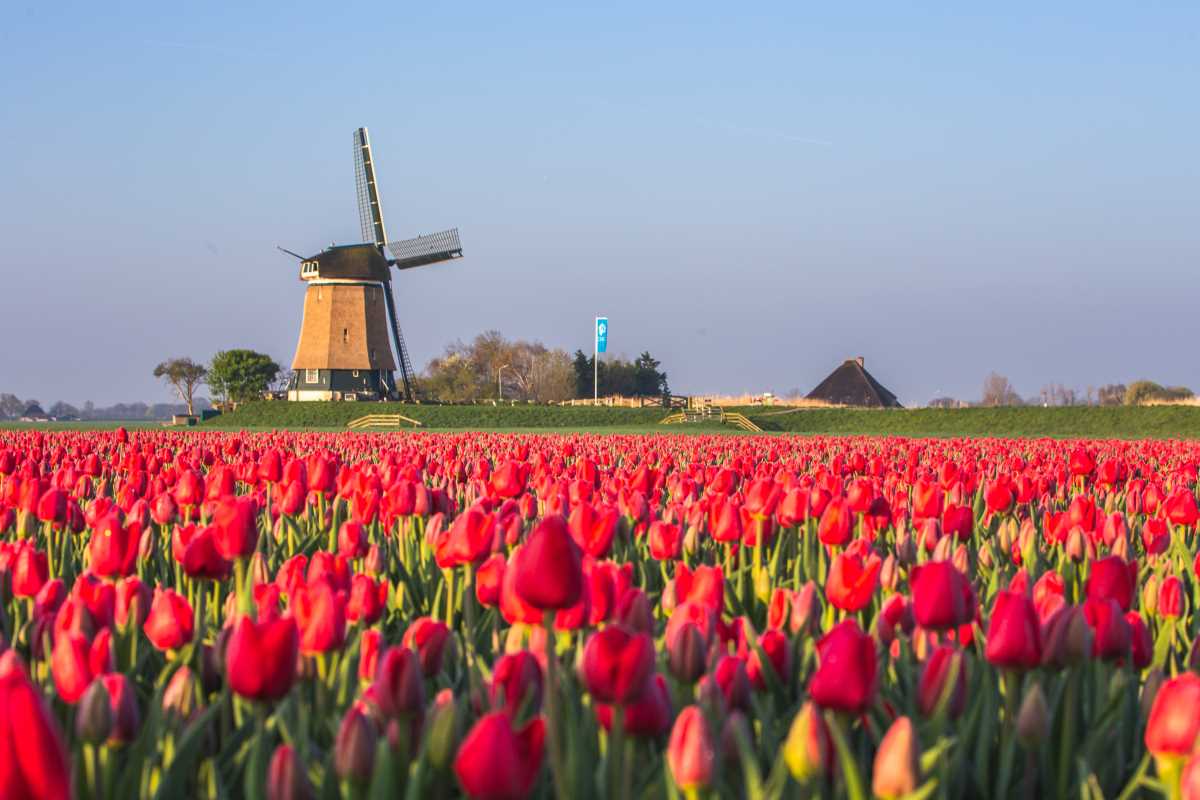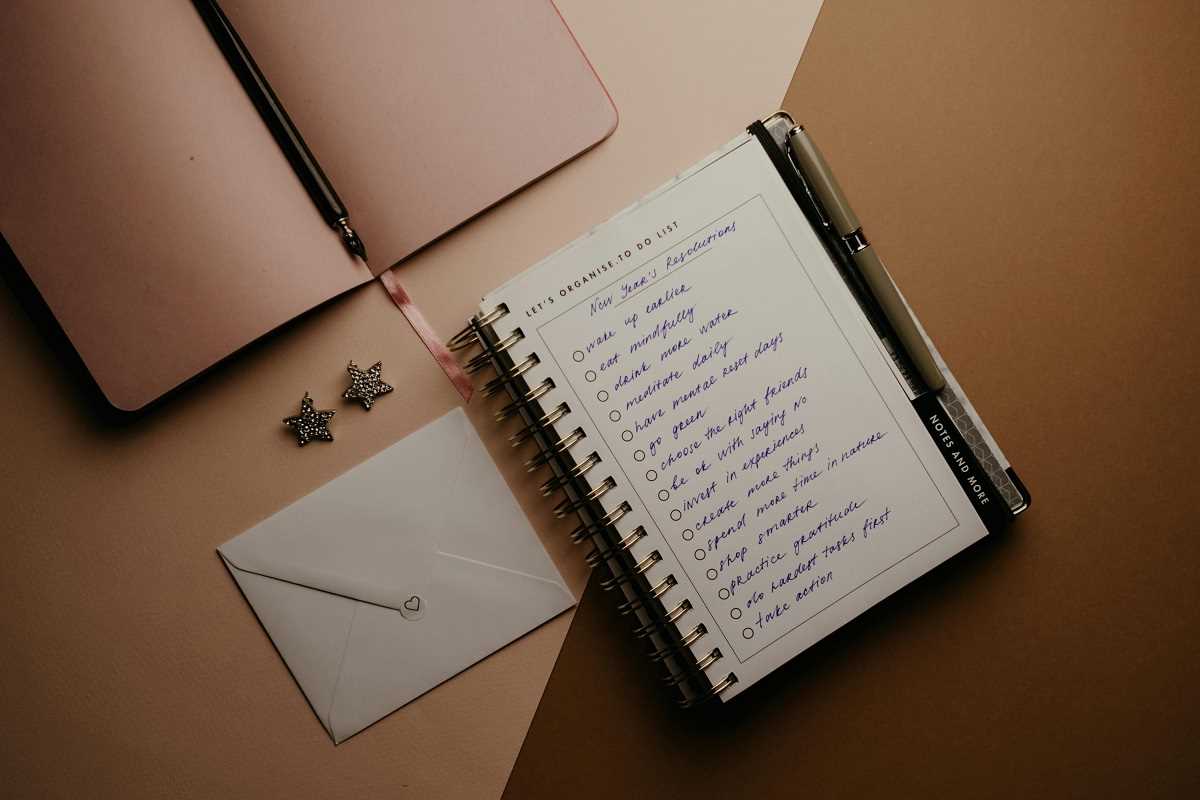Imagine stepping into your backyard to pick fresh chamomile for a calming tea, harvesting lavender to soothe your skin, or cutting a leaf from an aloe vera plant to ease a burn. Growing an apothecary garden not only connects you to nature but also empowers you to care for your well-being naturally. By cultivating your own healing garden, you can save money on store-bought remedies, reduce waste, and enjoy the therapeutic act of gardening itself. Here’s a guide to help you start your very own apothecary garden, filled with medicinal plants that nurture both body and soul.
Benefits of Growing a Healing Plants
Before jumping into plant selections and care tips, it’s worth exploring why starting an apothecary garden is so beneficial.
1. Cost Savings
Medicinal herbs and teas can be expensive when purchased from stores. Growing your own allows you to have a steady supply of remedies for common issues like headaches, stress, colds, and burns—at a fraction of the cost.
2. Sustainability
An apothecary garden is an eco-friendly alternative to store-bought products, which often come with excess packaging. By growing herbs at home, you reduce your carbon footprint and encourage biodiversity in your yard.
3. Access to Fresh Herbs
Freshly harvested herbs are more potent and effective than dried ones that sit on store shelves. When you grow your own garden, you’ll always have access to vibrant, nutrient-rich plants.
4. Therapeutic Benefits
Gardening itself is a relaxing and invigorating activity. Tending to your apothecary garden can reduce stress, boost your mood, and give you a sense of accomplishment.
Easy-to-Grow Medicinal Plants
Whether you’re a seasoned gardener or a beginner, there are plenty of medicinal plants that are easy to grow and maintain. Here’s a list of some popular choices, along with their uses and growing conditions.
1. Chamomile (Matricaria chamomilla)
- Uses: Chamomile tea is famous for its calming effects, helping with anxiety, insomnia, and digestive issues. The flowers can also be used in soothing skin treatments.
- Growing Conditions: Chamomile loves full sun and well-draining soil. It’s a hardy plant and can even thrive in containers or small spaces. Harvest the flowers when in full bloom.
2. Lavender (Lavandula)
- Uses: Lavender is known for its calming aroma, making it excellent for stress relief, improving sleep, and soothing minor burns or cuts. It’s also a natural insect repellent!
- Growing Conditions: This sun-loving perennial thrives in well-draining soil and prefers a dry environment. Lavender grows well in garden beds or pots. Prune regularly to encourage full blooms.
3. Peppermint (Mentha × piperita)
- Uses: Peppermint tea aids digestion, reduces headaches, and can even help with respiratory issues. Its essential oil is great for relieving muscle tension.
- Growing Conditions: Peppermint prefers partial shade and moist, fertile soil. It can spread quickly, so it’s a good idea to grow it in containers to keep it from taking over your garden.
4. Echinacea (Echinacea purpurea)
- Uses: Renowned for boosting the immune system, echinacea can reduce the severity of colds and infections. Its flowers, roots, and leaves are all medicinally valuable.
- Growing Conditions: This perennial loves full sun and well-draining soil. Echinacea is a hardy plant that attracts pollinators like bees and butterflies.
5. Calendula (Calendula officinalis)
- Uses: Often called “pot marigold,” calendula is prized for its skin-healing properties. It’s used in salves and creams to treat cuts, rashes, and dry skin. It’s also edible and adds a peppery flavor to salads.
- Growing Conditions: Calendula thrives in full sun or partial shade with fertile, well-draining soil. Regular deadheading will encourage more blooms.
6. Lemon Balm (Melissa officinalis)
- Uses: Lemon balm has a refreshing citrus flavor and is great for reducing stress, improving sleep, and easing digestive issues. It can also be used in homemade ointments.
- Growing Conditions: Like peppermint, lemon balm grows best in partial shade with moist, well-draining soil. It can spread easily, so containers are recommended.
7. Thyme (Thymus vulgaris)
- Uses: Thyme has antimicrobial properties and can be brewed as a tea to relieve sore throats and coughs. It’s also a flavorful culinary herb.
- Growing Conditions: This low-maintenance herb prefers full sun and soil that drains well. Prune regularly to keep it from becoming woody.
8. Aloe Vera (Aloe barbadensis miller)
- Uses: Aloe vera is a powerhouse when it comes to skin issues. Its gel can soothe burns, heal minor cuts, and calm skin irritations. It’s also known for its hydrating properties when used topically or added in small amounts to juices and smoothies.
- Growing Conditions: Aloe vera thrives in bright, indirect sunlight but can tolerate direct light. Use sandy or cactus-friendly, well-draining soil to prevent root rot. It’s an excellent plant for both outdoor gardens and indoor pots.
- Care Tips: Aloe vera requires minimal watering—only water it thoroughly when the soil feels completely dry. Overwatering can be harmful, so err on the side of less water.
- Harvesting: To harvest the gel, cut one of the lower leaves close to the base. Slice it open lengthwise and scoop out the gel with a spoon. Use it fresh for immediate benefits, or store it in an airtight container in the refrigerator for up to a week.
Planning Your Apothecary Garden
A little planning goes a long way in creating a thriving apothecary garden.
Choose Your Space
Select an area with good sunlight (at least 6 hours a day for most herbs). If you’re short on outdoor space, many medicinal herbs—like aloe vera and peppermint—can be grown in containers on a balcony, patio, or windowsill.
Start with Soil
Healthy soil is the foundation of a successful garden. Use well-draining soil enriched with organic compost for optimal plant growth. Test your soil’s pH—most herbs prefer a slightly acidic to neutral pH range (6.0–7.0).
Organize Your Layout
Group plants with similar growing needs together. For instance, aloe vera and lavender both thrive in drier conditions, while mint and lemon balm prefer more moisture. Consider companion planting to naturally deter pests.
Harvesting and Storing Herbs
Harvesting and storing herbs correctly ensures their medicinal properties remain intact.
1. When to Harvest
- Harvest leaves like mint and lemon balm just before the plant flowers for the best flavor.
- Pick flowers such as chamomile and lavender when they’re fully open but not wilting.
- For aloe vera, cut mature leaves from the bottom or outer sections of the plant.
2. Drying Herbs
Drying is the easiest way to preserve medicinal plants (though aloe is best used fresh). Tie small bundles of harvested herbs and hang them upside down in a cool, dark place with good ventilation. Alternatively, use a dehydrator on the lowest heat setting.
3. Storing Herbs
Store dried herbs in airtight glass jars away from direct sunlight. Label each jar with the herb name and harvest date. Dried herbs can retain potency for up to a year if stored correctly.
Start small—plant a few easy-to-grow herbs like peppermint, aloe vera, or chamomile, and expand your garden as you gain confidence. Soon, you’ll find that your healing apothecary garden is not just a source of remedies but also a sanctuary of peace and well-being in your daily life.
.jpg) (Image via
(Image via





